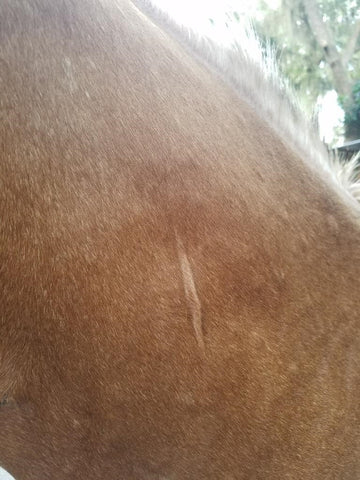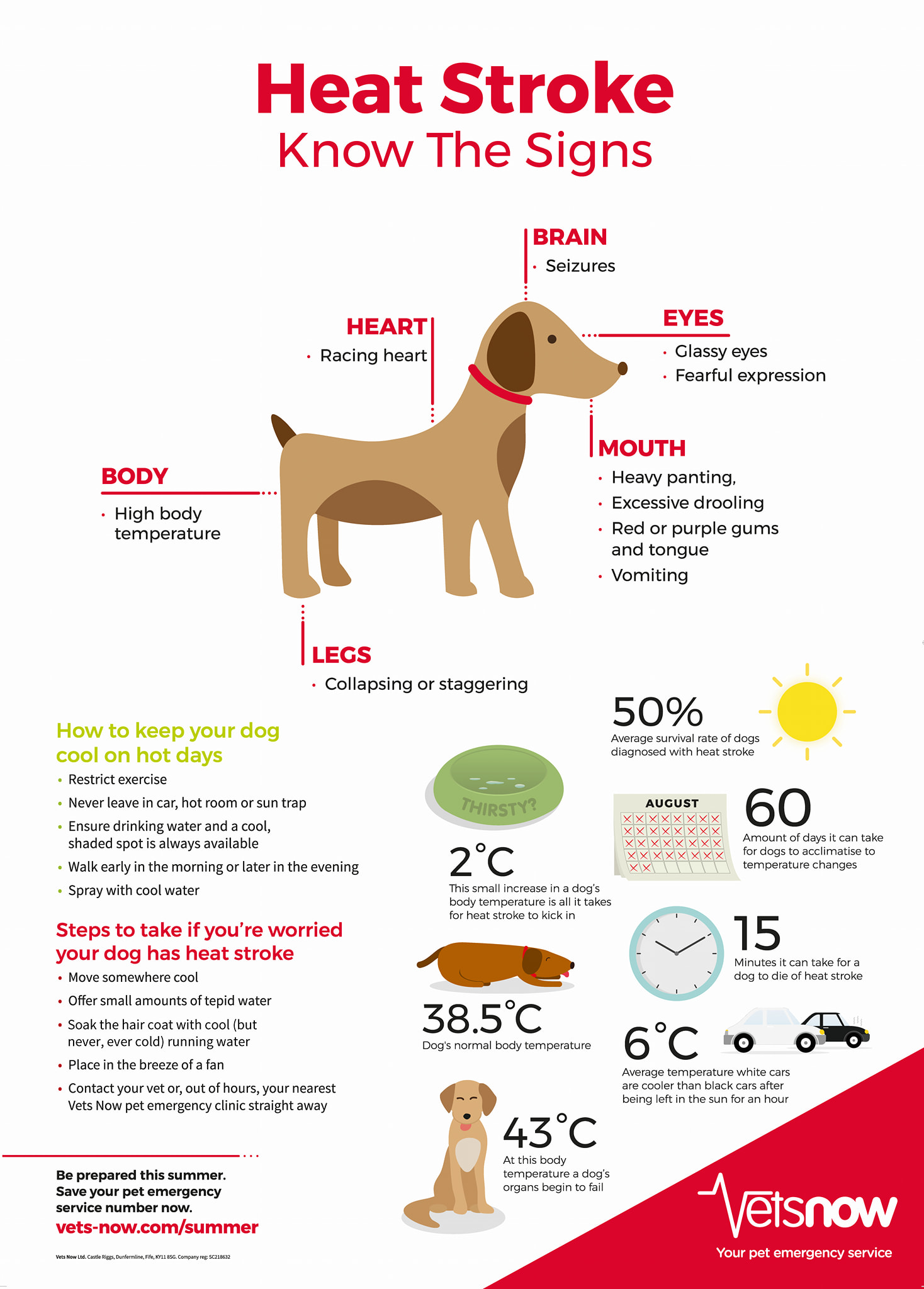Recognizing Heat Stroke in Horses in Hot Climates

Heat stroke is a serious and potentially fatal condition that affects horses exposed to high temperatures and humidity. Recognizing the early signs and understanding preventive measures are crucial for horse owners, trainers, and caretakers, especially in hot climates.
What is Heat Stroke in Horses?

Heat stroke occurs when a horse’s body temperature rises beyond its ability to cool down, leading to overheating. This condition can cause severe damage to internal organs and requires immediate attention.
Causes of Heat Stroke in Horses
- High Ambient Temperatures: Prolonged exposure to hot weather.
- High Humidity: Reduces the effectiveness of sweating.
- Intense Physical Activity: Increases body heat production.
- Lack of Shade or Ventilation: Limits cooling options.
- Dehydration: Impairs the horse’s ability to regulate temperature.
Recognizing the Signs of Heat Stroke
Early detection is vital. Common symptoms include:
| Symptom | Description |
|---|---|
| Excessive Sweating | Profuse, sometimes with a salty smell |
| Rapid Breathing | Increased respiratory rate and panting |
| Elevated Heart Rate | Heart rate above normal resting levels |
| Weakness or Collapse | Difficulty standing or moving |
| Bright Red Gums | Indicates poor circulation |
| High Body Temperature | Above 103°F (39.4°C) |
| Behavioral Changes | Agitation, confusion, or lethargy |
Immediate Actions to Take
- Move the horse to a shaded, cool area.
- Offer cool (not cold) water to drink.
- Apply cool water to the horse’s body, especially the neck, chest, and legs.
- Use fans or increase airflow if possible.
- Contact a veterinarian immediately.
Preventive Measures
- Provide ample shade and ventilation in stables and pastures.
- Ensure constant access to fresh, clean water.
- Avoid strenuous exercise during peak heat hours.
- Use cooling techniques post-exercise, such as hosing down.
- Monitor horses closely during heatwaves.
FAQ
Q1: How quickly can heat stroke develop in horses?
A1: Heat stroke can develop rapidly, especially during intense exercise or sudden exposure to high heat and humidity.
Q2: Can all horses get heat stroke?
A2: While all horses are at risk, those with thick coats, older age, or underlying health issues are more susceptible.
Q3: What is the normal body temperature for a horse?
A3: A healthy horse’s normal body temperature ranges from 99°F to 101.5°F (37.2°C to 38.6°C).
Q4: When should I call a vet?
A4: If you notice symptoms like high temperature, rapid breathing, or behavioral changes, seek veterinary help immediately.
By understanding and recognizing the signs of heat stroke, horse owners can act swiftly to protect their animals from this dangerous condition, ensuring their health and well-being even in the hottest climates.
